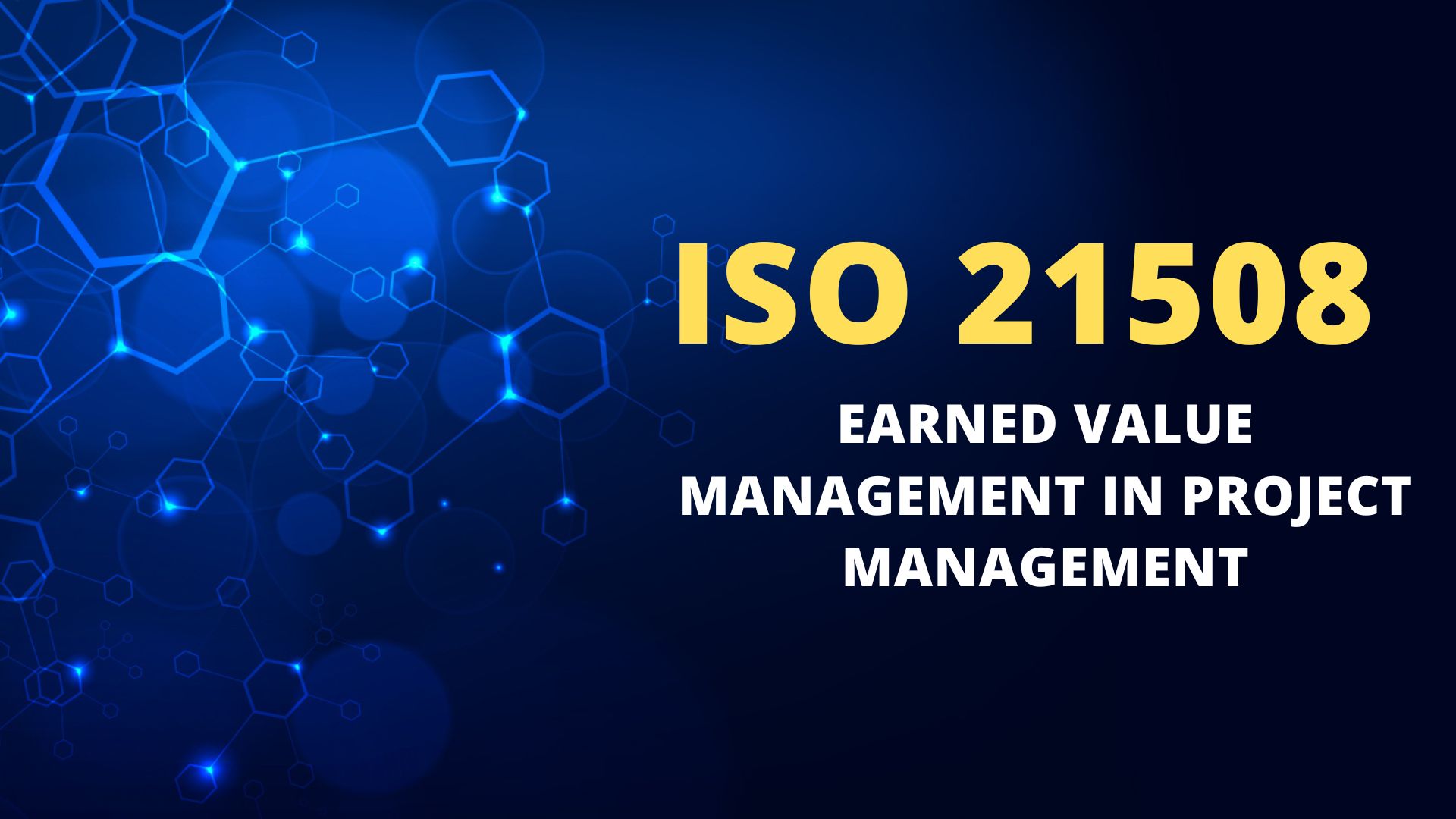In the realm of project management, the necessity for
precise control and effective performance measurement cannot be overstated.
Projects, regardless of their scale, require a structured approach to ensure
they are completed within the designated time and budget while meeting quality
standards. ISO 21508, also known as Earned Value Management in Project
Management, emerges as a pivotal standard that provides guidelines for implementing
and executing earned value management (EVM) practices effectively.
What is ISO 21508?
ISO 21508 is an international standard published by the
International Organization for Standardization (ISO). It outlines the
requirements and guidelines for earned value management, a project management
technique that integrates the project scope, schedule, and cost parameters to
assess project performance and progress. By combining these elements, EVM
offers a comprehensive view of a project's health, allowing project managers to
identify potential issues early and take corrective actions promptly.
Key Components of Earned Value Management
Earned Value Management revolves around three primary
metrics:
1. Planned Value (PV): Also known as Budgeted Cost of Work
Scheduled (BCWS), this represents the budgeted cost for the work planned to be
completed by a specific time.
2. Earned Value (EV): Also known as Budgeted Cost of Work
Performed (BCWP), this represents the budgeted cost for the actual work
completed by a specific time.
3. Actual Cost (AC): Also known as Actual Cost of Work
Performed (ACWP), this represents the actual cost incurred for the work
completed by a specific time.
By comparing these metrics, project managers can derive
critical performance indicators such as Cost Variance (CV), Schedule Variance
(SV), Cost Performance Index (CPI), and Schedule Performance Index (SPI). These
indicators provide insights into whether the project is on track, under or over
budget, and ahead or behind schedule.
Importance of ISO 21508
The implementation of ISO 21508 offers several benefits:
1. Improved Decision-Making: By providing a clear picture of
project performance, ISO 21508 helps project managers make informed decisions
regarding resource allocation, risk management, and corrective actions.
2. Enhanced Accountability: The standard promotes
transparency and accountability by requiring regular monitoring and reporting
of project performance. This ensures that stakeholders are kept informed about
the project's progress and any deviations from the plan.
3. Early Problem Detection: EVM enables early detection of
potential issues, allowing project managers to address them before they
escalate into major problems. This proactive approach reduces the risk of project
delays and cost overruns.
4. Benchmarking and Continuous Improvement: ISO 21508
provides a framework for benchmarking project performance against industry
standards and best practices. This facilitates continuous improvement by
identifying areas for enhancement and implementing lessons learned in future
projects.
Implementing ISO 21508
Implementing ISO
21508 involves several steps:
1. Planning: The first step is to establish a project
management plan that includes the scope, schedule, and budget. This plan serves
as the baseline for measuring project performance.
2. Defining Work Breakdown Structure (WBS): A WBS is a
hierarchical decomposition of the project scope into manageable work packages.
It provides a clear structure for organizing and tracking project activities.
3. Assigning Responsibility: Assigning responsibility for
each work package ensures accountability and clarity regarding who is
responsible for delivering specific components of the project.
4. Developing Performance Measurement Baseline (PMB): The
PMB integrates the project scope, schedule, and budget to provide a reference
point for measuring project performance.
5. Collecting Data: Regularly collecting data on actual
costs, work completed, and remaining work is essential for calculating EVM
metrics and assessing project performance.
6. Analyzing Performance: Analyzing the collected data using
EVM metrics provides insights into project performance, including cost and
schedule variances and performance indices.
7. Reporting: Regularly reporting project performance to
stakeholders ensures transparency and facilitates informed decision-making.
8. Taking Corrective Actions: Based on the analysis and
reporting, project managers can take corrective actions to address any
deviations from the plan and keep the project on track.
Challenges in Implementing ISO 21508
While the benefits of
ISO 21508 are significant, implementing the standard can present challenges:
1. Complexity: EVM can be complex, particularly for large
projects with multiple stakeholders and intricate interdependencies.
Understanding and applying the concepts correctly requires expertise and
training.
2. Data Accuracy: Accurate and timely data collection is
crucial for reliable EVM analysis. Inaccurate data can lead to incorrect
conclusions and ineffective decision-making.
3. Stakeholder Buy-In: Gaining buy-in from all stakeholders,
including project team members and senior management, is essential for
successful implementation. Resistance to change or lack of understanding can
hinder the adoption of EVM practices.
4. Resource Intensive: Implementing ISO 21508 can be
resource-intensive, requiring investment in training, tools, and systems for
data collection and analysis.
Conclusion
ISO 21508 is a valuable standard that enhances project
management practices by providing a structured approach to measuring and
managing project performance. By integrating the project scope, schedule, and
cost parameters, EVM offers a comprehensive view of project health, enabling informed
decision-making and proactive problem-solving. While implementing the standard
can be challenging, the benefits of improved accountability, early problem
detection, and continuous improvement make it a worthwhile investment for
organizations striving for project success. Embracing ISO 21508 can lead to
more predictable project outcomes, higher stakeholder satisfaction, and a
stronger foundation for future project endeavors.

